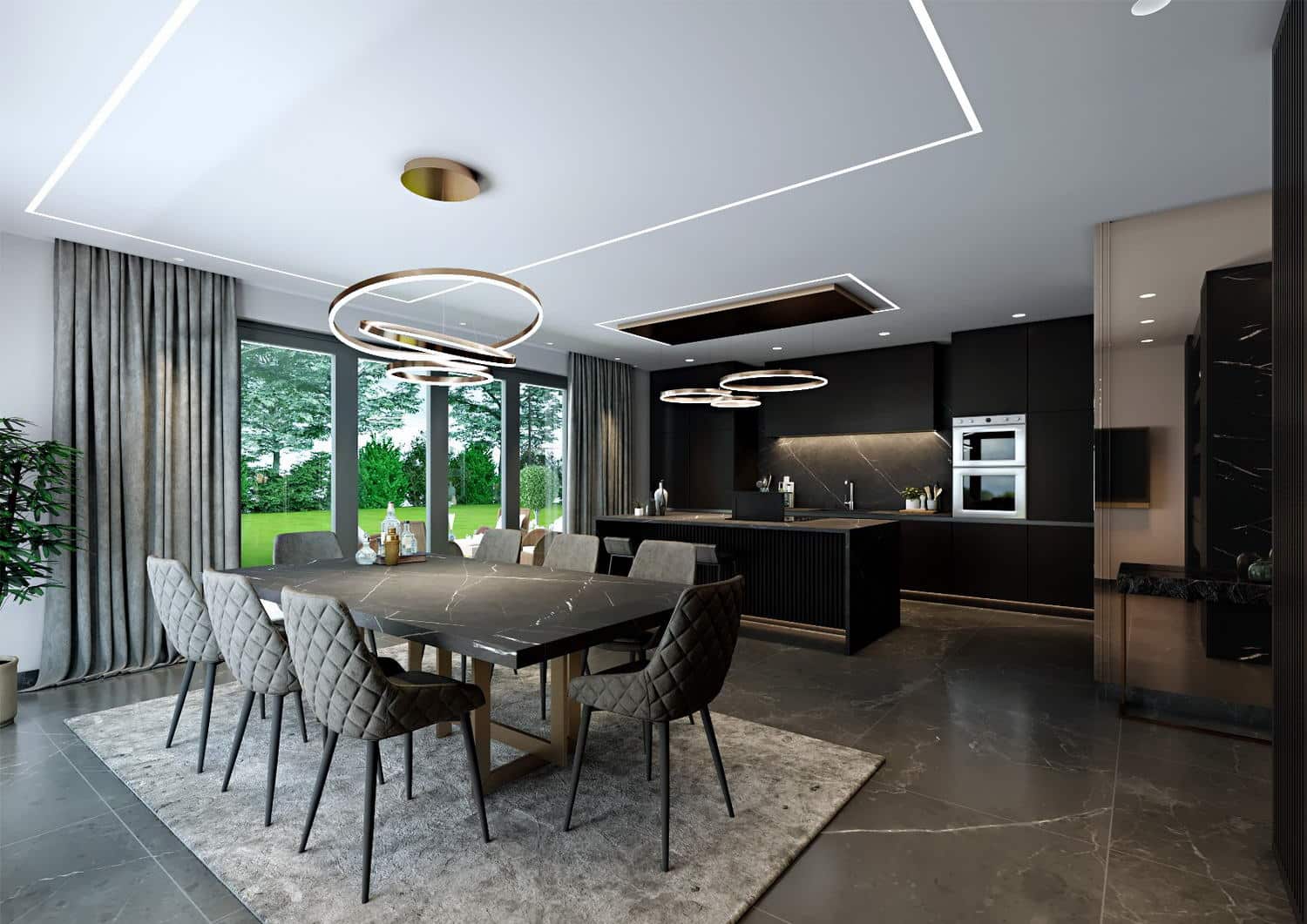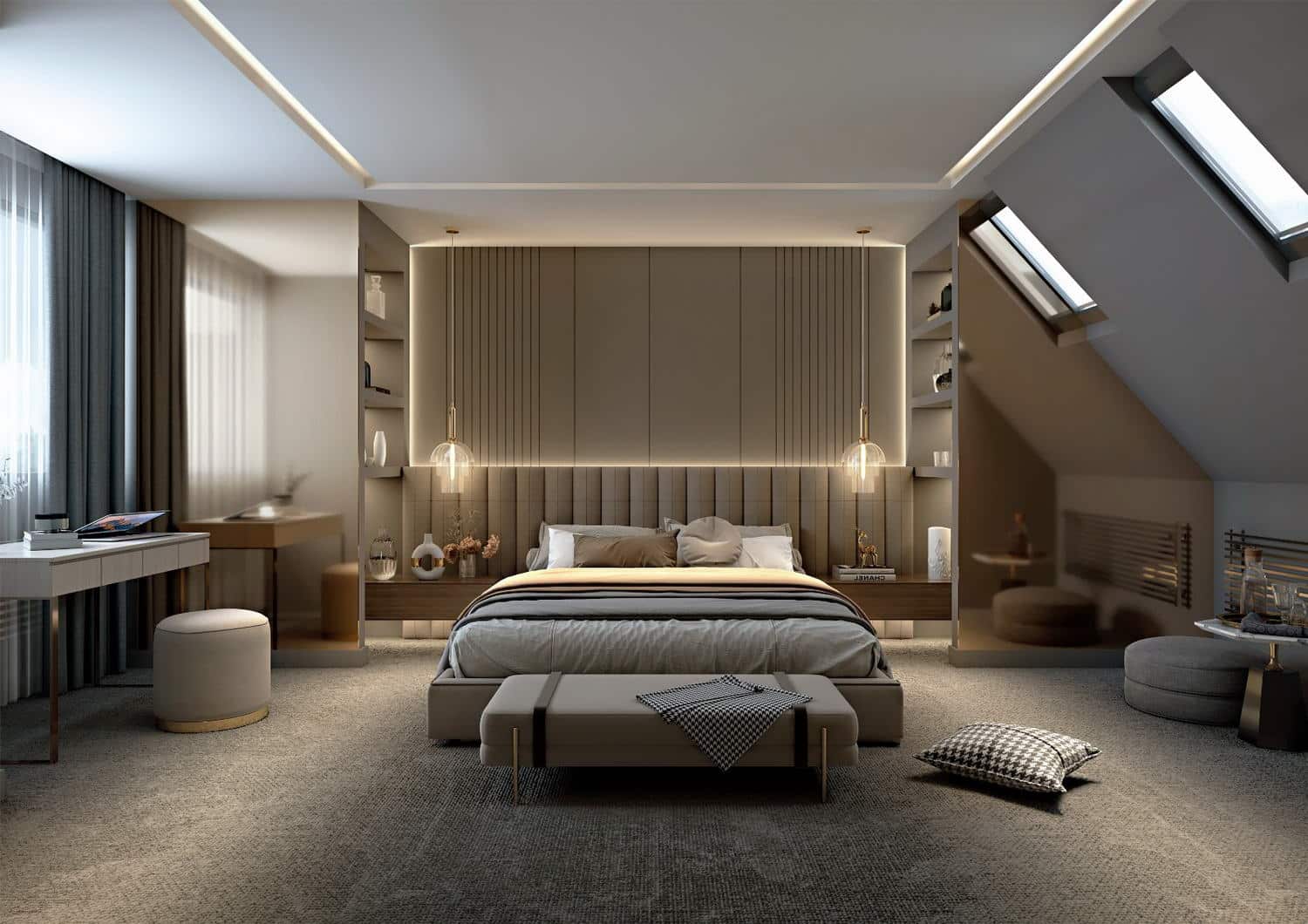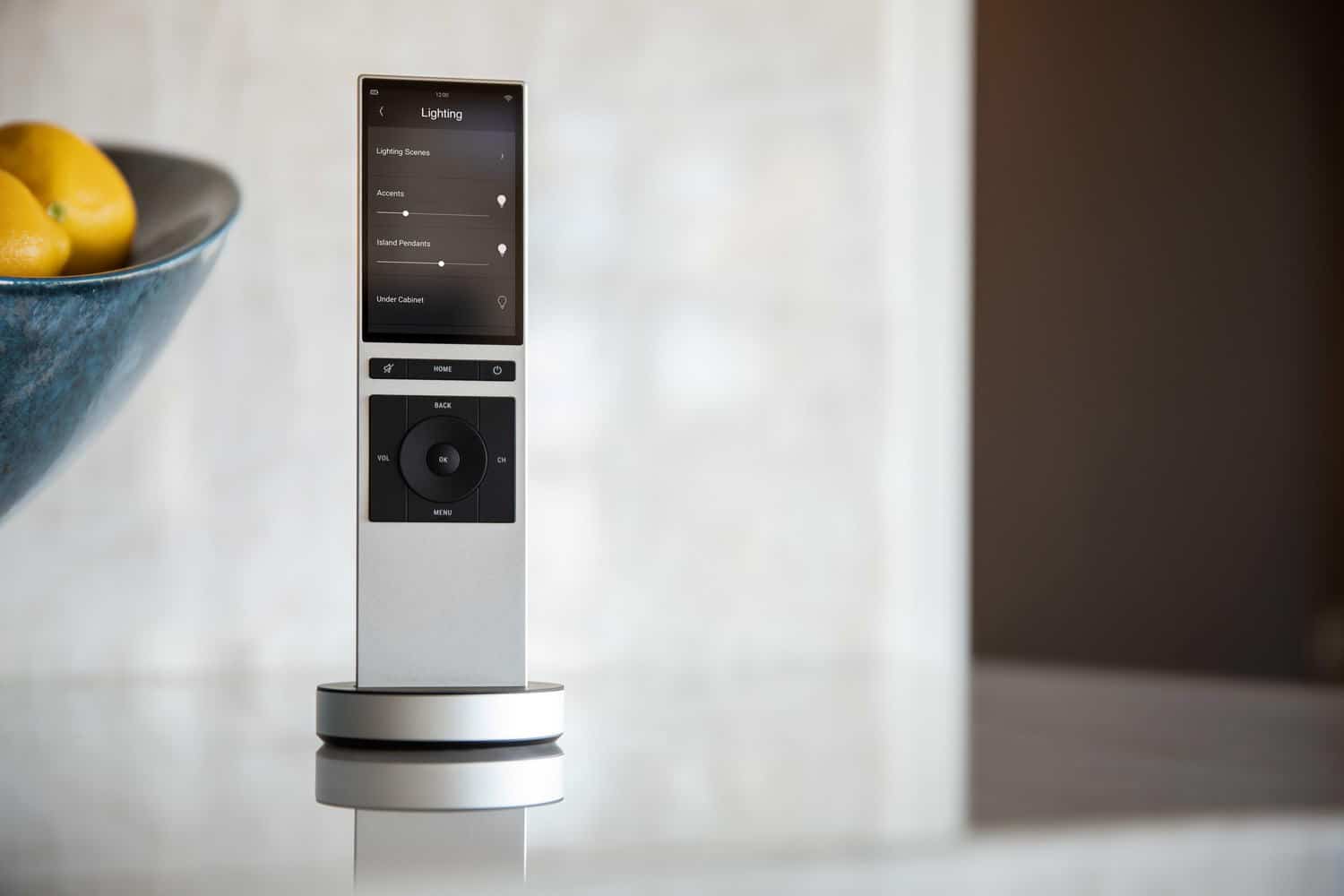A fundamental aspect of any building’s functionality is its lighting system. When it comes to smart homes, comfort and sustainability in lighting design are crucial factors. Occupants at home require lighting that offers sufficient visibility without causing discomfort to perform their tasks safely and soundly. By designing high-quality lighting conditions for your smart living environment, you will be able to achieve efficiency and energy savings simultaneously.
Lighting design can have both positive and negative effects on the entire ecosystem of wireless home automation, particularly in areas where occupants spend a significant amount of time, such as the living room, kitchen, and office. Therefore, you should pay close attention to your property’s lighting design in the smart home automation process, and we’re here to help!
What is Lighting Design?
Smart lighting design is a comprehensive and practical approach undertaken by specialists to integrate lighting fixtures, controls, and intelligent systems, creating a unified network for your wireless home automation. It involves more than just replacing bulbs with their connected counterparts. This integrated network lets homeowners control lights individually, adjust brightness and colour temperatures, and even change colours or automate lighting scenes based on time, schedule, or sensors.

How does Lighting Design work?
Initially, a lighting system design considers user comfort and automation. It aims to reduce energy consumption in the wireless automation systems of users’ smart living environments. To achieve this, it should incorporate light sources with energy-saving capabilities and a control unit to gather data about daylight and other environmental information for inclusion in its operational cycle.
A lighting control algorithm is deployed alongside motion detectors to attain the desired and necessary light intensity and optimise the dim levels of multiple lighting sources. This algorithm, based on the data from motion sensors, requirements, and user preferences, facilitates the design of an energy-saving system.
Compared to conventional lighting sources, smart LEDs offer numerous benefits such as higher energy efficiency, better colour rendering index, longer lifespan, superior colour of light, dynamic light effects, more flexible design, rapid switching properties, smaller size, and suitability for both interior and exterior lighting. Additionally, LEDs can be utilised for general interior and exterior lighting applications.
What should be considered in the lighting design of a smart home ecosystem?
Lighting
When designing a smart lighting control system for a home, several key objectives should be considered:
- Define the different activities and moods users require for lighting in each space. This involves selecting fixtures, determining placement, and choosing control options to support various tasks and atmospheres.
- Ensure communication capability by selecting a platform that seamlessly integrates with other smart home devices and systems. This allows users to control and automate lighting routines centrally, such as dimming lights for movie nights or activating outdoor lights when someone approaches.
- Take into account the need for ambient, task, and accent lighting. Each serves a distinct purpose, providing overall illumination, focusing on specific areas like work surfaces, highlighting architectural features, or creating desired atmospheres.
- Consider the use of tunable white bulbs with motion detection capability. These bulbs can adjust their colour temperature based on user preferences and detect movement, allowing for efficient lighting control and energy management tailored to occupants’ needs.

Network
When it comes to networks, you have two common options: wired and wireless. Wired networks are often preferred for their reliability and stability in control. On the other hand, wireless networks offer flexibility and easier installation. Your choice between the two should be based on your needs and the existing construction of your home.
Within wireless networks, there are Mesh networks, which create a self-healing network with faster connectivity and ensure connectivity even if a node fails. Alternatively, there are hub-based networks that require a central point of control but can be more cost-effective for smaller setups.
As you select the suitable network for your smart living environment, consider the range of your chosen system and whether it can accommodate future expansion as your smart home grows.
Controller
- There are various options for your physical controller, including wall switches, dimmers, and remote controls. Additionally, you can integrate voice assistant controllers with virtual assistants like Alexa, Google Assistant, Apple Siri, and Samsung Bixby for hands-free operation.
- Consider implementing automated routines, such as scheduling lights to adjust based on time, sunrise/sunset, or sensor triggers like motion or occupancy.

Types of Lighting Design System Control
The architecture of a lighting design system control can be centralised or distributed.
In a centralised lighting design control system, sensor data is first transmitted to a central controller; at this stage, the dimming level is determined by a control law for the corresponding luminaire and sent to the luminaire. In contrast, each sensing module has a controller in a distributed control system and communicates with neighbours to calculate the dimming levels. Compared to centralised-control networks, a distributed control system requires a huge bandwidth, which has a higher cost. However, you must note that centralised control systems take much more time to process data in their central node.
How can Hestiasl help you?
Our company boasts a formidable team of experts and specialists in design, consultancy, and installation services for our clients. Hestiasl holds a steadfast commitment to lighting design, ensuring:
- We will design lighting and electrical schemes by collaborating with interior designers, engineers, and architects to achieve the best possible outcome for your new smart home ecosystem.
- We specialise in bespoke luxury residential houses, crafting lighting schemes that embody each project’s essence. Feel free to peruse our portfolio for completed projects.
- Our experts frequently visit project sites to assess and analyse natural lighting, engaging extensively with our clients to understand their lighting preferences and requirements, ultimately delivering optimal lighting design solutions.
- We provide easily understandable, detailed drawings and schedules for installers and end users. Our specialists are always on hand to offer guidance and assistance during and after the project.

